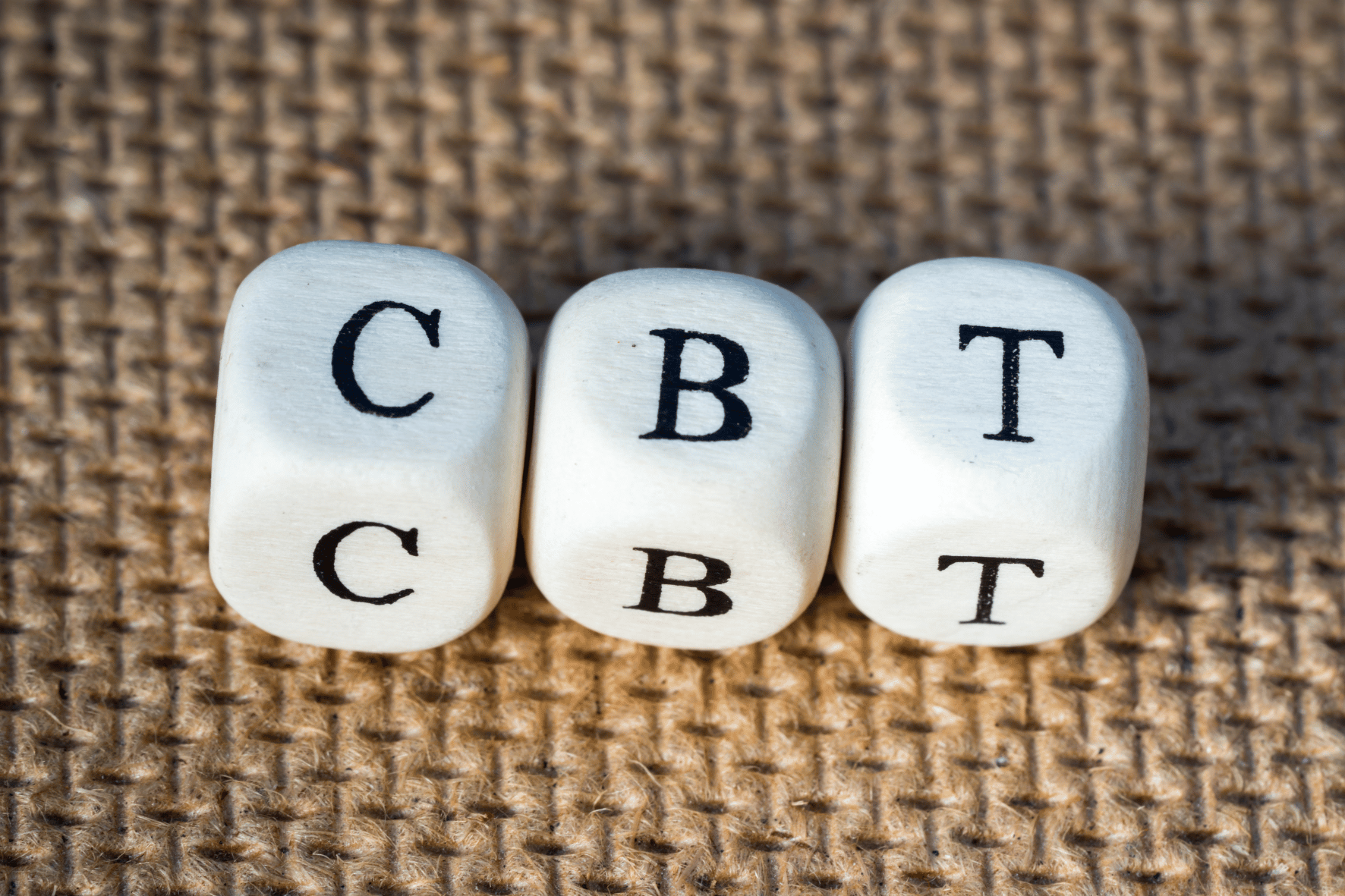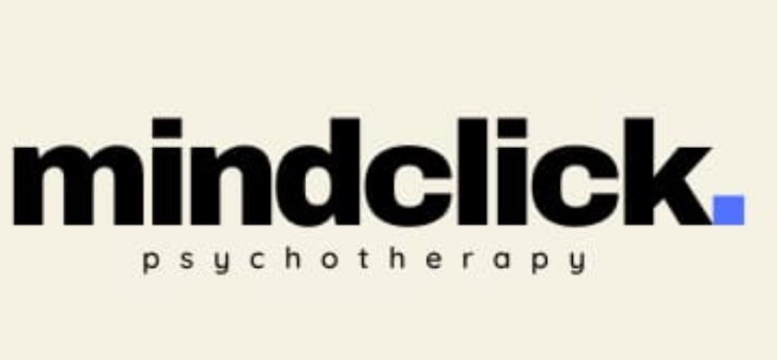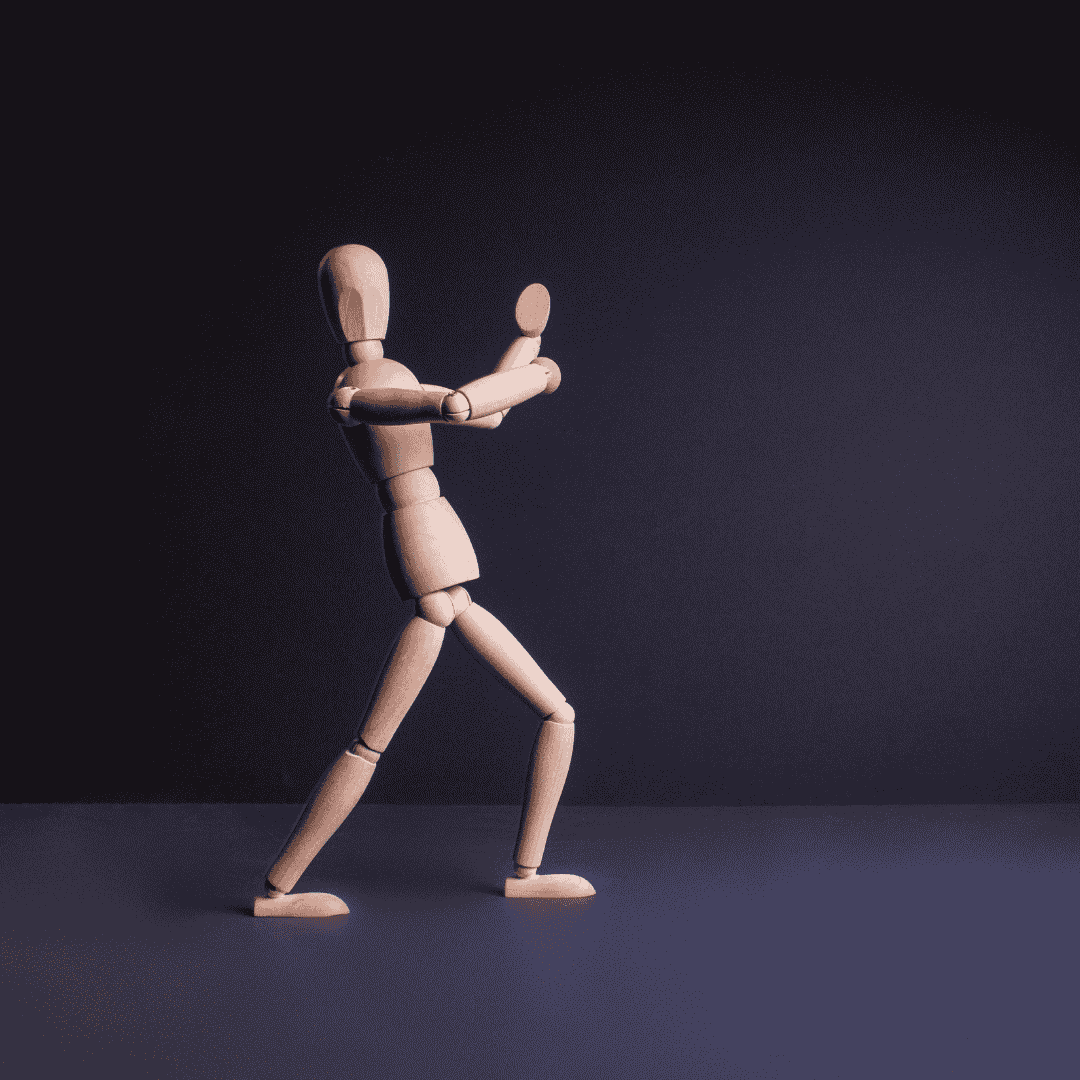Your cart is currently empty!

What is CBT therapy?
Mental health therapy can often seem like a maze of confusing acronyms and techniques. One of the most well-researched and widely practiced forms of psychotherapy is CBT, short for Cognitive Behavioral Therapy. But what exactly is CBT therapy, and why is it so effective?
Let’s break it down.
What is CBT?
Cognitive Behavioral Therapy (CBT) is a structured, time-limited, and goal-oriented form of psychotherapy that focuses on the connection between thoughts, feelings, and behaviors. The core idea is simple but powerful:
“The way you think affects how you feel, and how you feel affects how you behave.”
CBT aims to help individuals identify and change unhelpful thought patterns and behaviors that contribute to emotional distress, anxiety, depression, and other mental health challenges.
A Brief History
CBT developed in the 1960s, primarily through the work of psychiatrist Aaron T. Beck. Dissatisfied with traditional psychoanalysis, Beck began to explore how distorted thinking patterns affected people’s emotions and behaviors. His work led to the development of CBT, which has since evolved into one of the most evidence-based therapies in the world.
How Does CBT Work?
CBT is a collaborative process between therapist and client. It often involves:
- Identifying Negative Thoughts
You learn to recognize automatic, often irrational thoughts (called cognitive distortions) like “I’m a failure” or “Nothing ever works out for me.” - Challenging and Reframing Thoughts
Once identified, these thoughts are examined and tested against reality. Are they true? Are they helpful? Could there be another way of looking at the situation? - Changing Behavior
CBT also focuses on modifying behaviors that reinforce negative thinking. For example, avoiding social situations can reinforce social anxiety, so a therapist might encourage gradual exposure. - Developing Coping Skills
CBT teaches practical skills such as problem-solving, stress management, and relaxation techniques that you can use in everyday life.
Common Issues Treated with CBT
CBT is extremely versatile and has been proven effective for a wide range of mental health issues, including:
- Anxiety disorders (e.g., panic attacks, phobias, social anxiety)
- Depression
- PTSD (Post-Traumatic Stress Disorder)
- OCD (Obsessive-Compulsive Disorder)
- Eating disorders
- Insomnia
- Addiction
Benefits of CBT
- Evidence-Based: CBT has been extensively researched and is recommended by leading mental health organizations worldwide.
- Short-Term and Goal-Oriented: Most CBT treatments last between 6–20 sessions, focusing on achieving specific outcomes.
- Skills for Life: CBT teaches practical tools you can continue to use long after therapy ends.
- Empowering: It puts you in the driver’s seat, helping you take control of your thoughts and actions.
What a CBT Session Looks Like
CBT is typically structured and may involve:
- Setting an agenda at the beginning of each session
- Reviewing homework from the previous session
- Working on specific issues or thought patterns
- Learning new strategies and skills
- Assigning new homework for continued progress
Yes—CBT often includes homework. But unlike school assignments, these are tools to help you apply what you learn in real life, where it matters most.
Final Thoughts
CBT therapy is more than just talking, it’s about doing. It equips you with tools to understand yourself, challenge your thinking, and change the way you live. Whether you’re dealing with a mental health diagnosis or simply want to manage stress more effectively, CBT offers a practical, empowering approach to personal growth and emotional resilience.
“You can’t stop the waves, but you can learn to surf.” – Jon Kabat-Zinn
CBT teaches you how.



